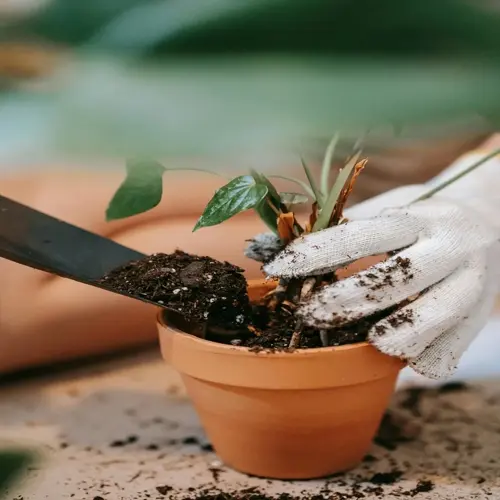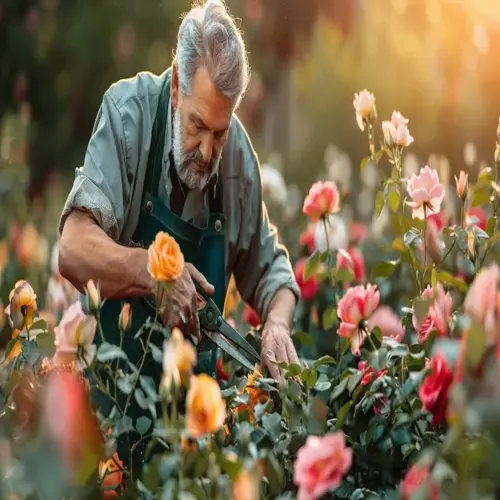How long do properly stored seeds remain viable?

Written by
Paul Reynolds
Reviewed by
Prof. Martin Thorne, Ph.D.Proper storage extends seed viability for plant types. Tomato seeds have a lifespan of 5-7 years, while onion seeds need to be refreshed every 1.5 years. Peaking is also observed at approximately 3-5 years, with a 10-20% viability loss per year, depending on storage conditions and crop type.
Long-Lived Seeds
- Tomatoes: 5-7 years optimal viability
- Cucumbers: 5-6 years with proper drying
- Lettuce: 3-5 years in cool storage
- Beans: 3-5 years when kept dry
Medium-Lived Seeds
- Peppers: 2-4 years maximum viability
- Carrots: 3 years with silica gel
- Peas: 3 years in airtight containers
- Spinach: 3 years refrigerated
Short-Lived Seeds
- Onions: 1-2 years viability window
- Parsley: 1-2 years maximum
- Corn: 1-2 years even frozen
- Leeks: 1 year replacement needed
Storage conditions greatly affect lifespan. Seeds stored at 0°F (-18°C) and sealed with oxygen absorbers will last twice as long as seeds stored at room temperature. Use temperature ranges that will not vary by more than 10°F. Maintain a relative humidity level between 0% and 40% to prevent mold growth.
Annually assess seed viability using non-laboratory germination tests. Place 10 seeds on damp paper towels. After the germination period for the crop, check for seeds that have sprouted. Reseed if germination is <70%. This is important to ensure success with each-season planting.
Use your oldest seeds first to rotate stock. Label bags with harvest dates. Record performance in your garden journal. Implementing a rotation system like this will help minimize waste while maintaining a diverse seed collection.
Different crops have different requirements for preservation. For example, larger seeds, such as beans, require rigid (non-compressible) containers to prevent crushing. In contrast, tiny seeds, like lettuce, may need additional protection from moisture. Consider storage options based on the size and type of seed.
Environmental factors accelerate viability loss. High humidity damages seeds faster than temperature fluctuations. Light exposure causes oxidation. Address these through proper containers and storage locations.
Read the full article: How to Save Seeds: A Complete Guide

